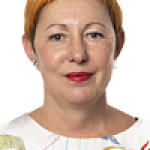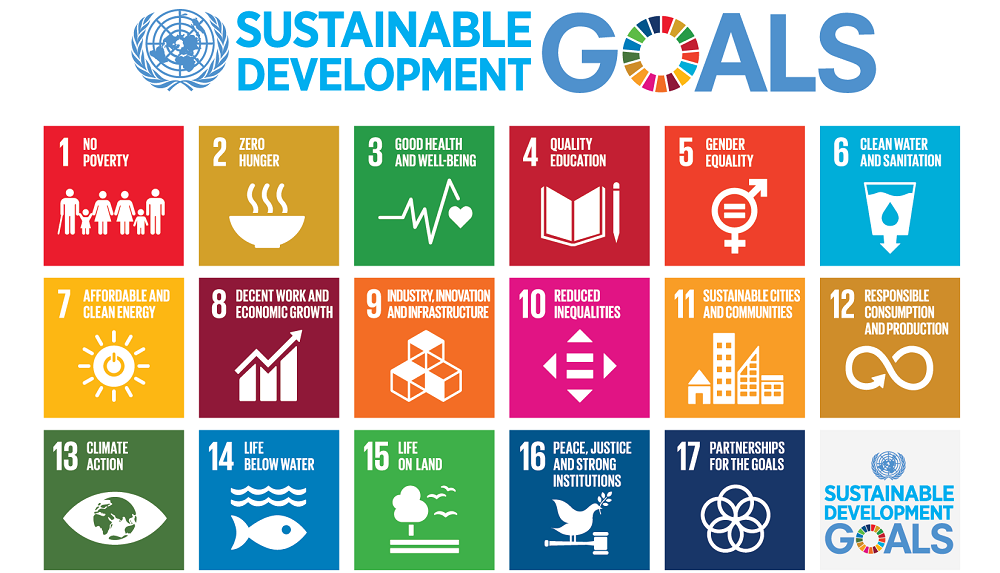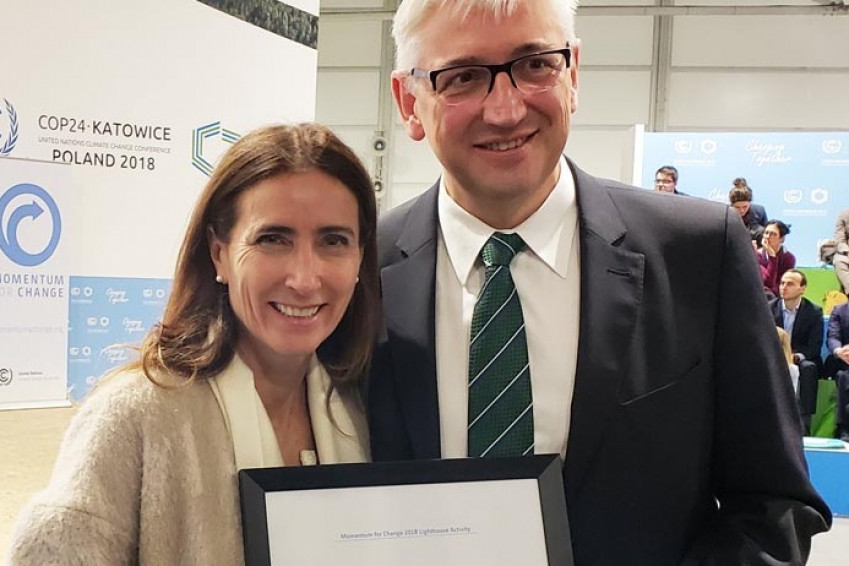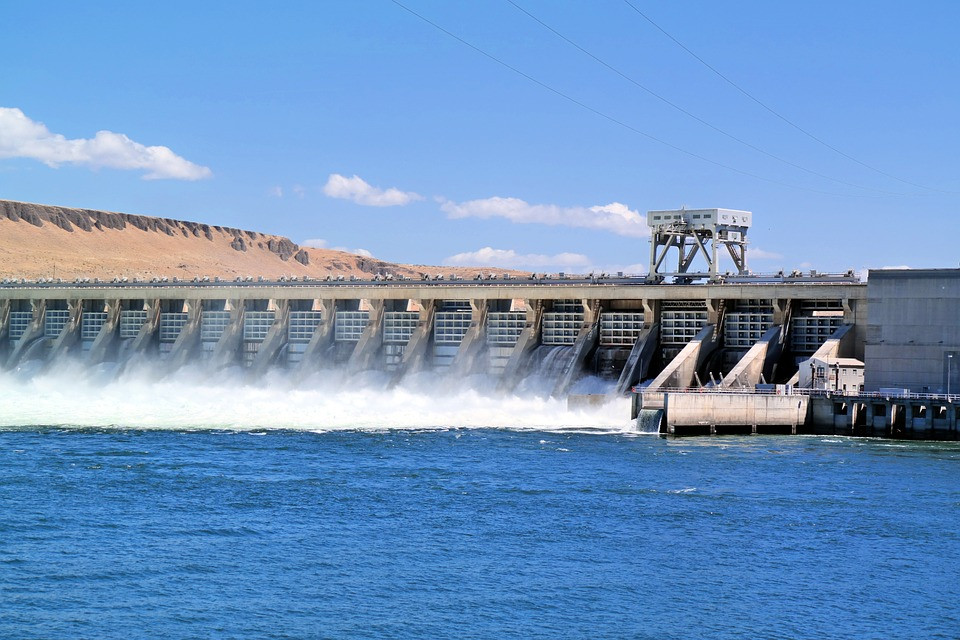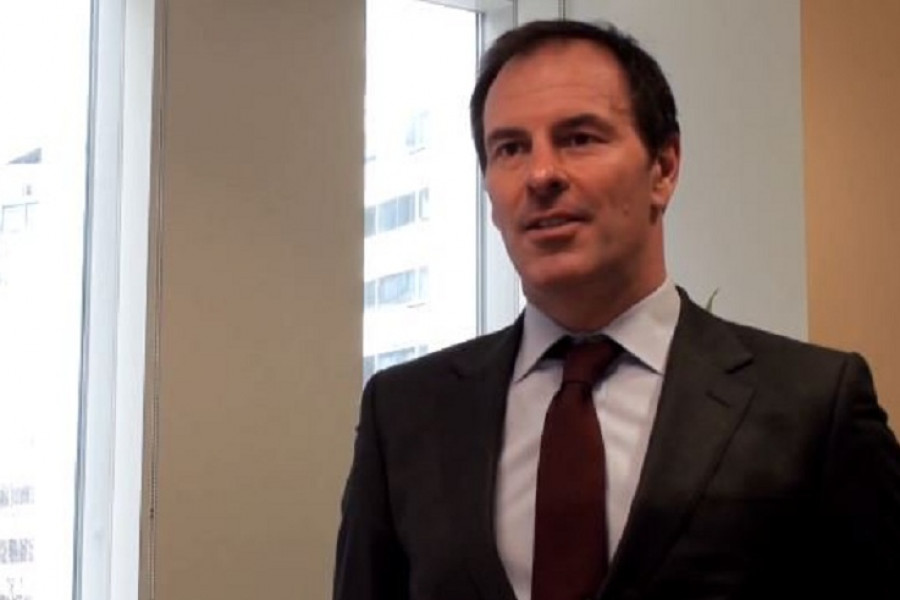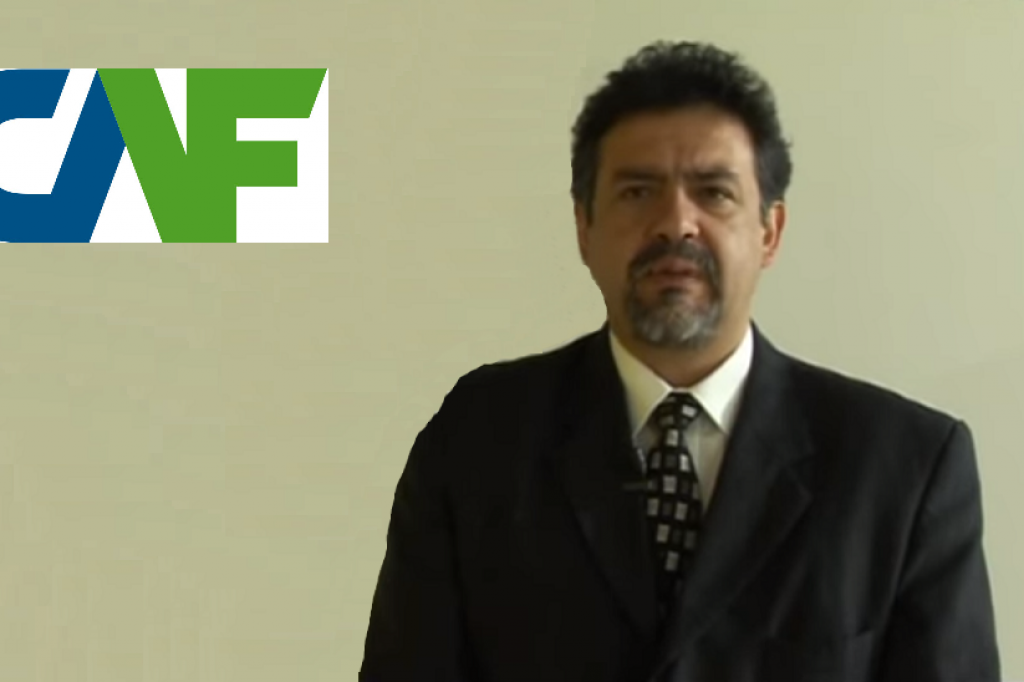There is indeed enough money in the world to finance the 2030 Agenda, but it is not in the right place. We estimate that the financial gap to implement the 2030 Agenda is 2.5 thousand million dollars annually. If the necessary resources are not allocated, it will be impossible to achieve the sustainable development goals established for the next ten years. The international community has to establish alliances and find concrete formulas to make this possible.
Four years after the adoption of the 2030 Agenda for Sustainable Development, the United Nations General Assembly has taken stock and renewed its commitment to the Sustainable Development Summitheld in New York on September 24th and 25th, 2019. However, the next day, the high-level dialogue for financing development made it clear that the necessary resources are not being allocated to achieve the goals within the remaining ten years.
It is essential to consider the financial issue, and this is why in 2015 the main international financial institutions issued a joint communiqué on the eve of the third International Conference on Financing for Development, expressing the need to generate alliances to pass "from thousand of millions to trillions" in resources allocated to the 2030 Agenda adopted by the United Nations that same year, where the Sustainable Development Goals (SDGs) were established as a universal agenda. The Addis Ababa Action Agenda (AAAA) urged the mobilisation of national resources, internal and international public and private financial investments, productive agents and international cooperation for public or private development, as well as guaranteeing the sustainability of external debt, governance of international trade and the multilateral financial system with the leadership of the United Nations.
The 2030 Agenda also incorporated as the last, but not the least, objective 17 to “Revitalize the Global Partnership for Sustainable development” to mobilise financial resources from multiple sources for developing countries. The call was made to create alliances that mobilise and exchange knowledge, specialization, technology and financial resources in the public, public-private and civil society spheres. Goals and indicators and institutionalized mechanisms were established for annual monitoring of the SDGs that include voluntary reports from the states and international organisations reviewed annually at the High Level Forum for Sustainable Development by the Economic and Social Council (ECOSOC), and every four years, to the General Assembly of the United Nations. In the first of these forums held in 2019, the Secretary General's Report reported an imbalance between discourse and practice.
THE FINANCIAL GAP
An ODI study has calculated that the financial gap to implement the 2030 Agenda is 2.5 thousand million dollars annually to reach the 5 or 6 thousand million dollars that would eventually be needed. This same study states that to end extreme poverty before 2030, annual financing to the least developed countries (LDCs) should be quadrupled from 86 thousand million to 320 thousand million annually. However, recent statistics are discouraging, with a 12% decrease in external financing between 2013 and 2016. According to the OECD, a total of $149.3 thousand million was spent on ODA in 2018, representing a decrease 2.7% in real terms compared to 2017. According to the SDG annual report for 2019, most of the ODA was used for social and economic purposes, but there is an increase in infrastructure and economic services, in particularly in the energy sector, while the education and health sectors are severely underfunded and social protection has the greatest lack of means. According to the SDSN, health and education spending would require massive investments, with around $1.2 thousand million of additional spending up to 2030 in the LDCs. The high expectations in the private sector have not been fulfilled either. According to the OECD, private investment decreased by 30% during 2016-17, but in on top of this, only 6% of private finance mobilized in the field of financing for development benefited LDCs. Although there was an increase in blended finance, these focus only on sectors with significant financial return.
WHAT OBSTACLES ARE HINDERING DEVELOPMENT FINANCING?
During the forum session, four interactive dialogues were held (on public resources for more egalitarian societies, on the SDGs and climate action, and on new initiatives) where government representatives, international organisations and other civil society players analyzed the obstacles to the increase of financing. One of the most worrying aspects is the growing level of indebtedness of developing countries, which translates into a reduction in public policy financing.
Weak economic growth and the fluctuation of international prices are also drivers of the instability to which developing countries are particularly vulnerable.
Another fundamental problem is that of the illicit financial flows that deviate resources from investment and feed organized crime, as well as the lack of an international framework that stops the tax evasion of transnational corporations. According to these ODI studies, half of the financing gap could be covered in 46 developing countries with adequate fiscal and expenditure allocation policies, although at least 30 of them could not achieve it. The low tax collection capacity makes LDCs dependent on external resources, but ODA is weakening and is not allocated where it is most needed. In the summit debates, a representative of the Andean Development Corporation (CAF) said that, of the 269 thousand million dollars in financial assets invested worldwide, less than 1 thousand million dollars was invested to directly obtain a social or environmental impact. The lack of political willpower is at the root of the problem. There is enough money in the world to finance the 2030 Agenda, but it is not in the right place.
The current funding gap requires a more systemic transformative change that transcends the incrementalism (more of the same) that prevails today.
HOW DO WE MOVE FORWARD?
The international community has to find concrete formulas to close the financial gap. During the summit, initiatives were presented that try to accelerate the implementation of the agenda. The UN Secretary General, Antonio Guterres announced the launch of the Global Investors for Sustainable Development (GISD) alliance in 2019, with which they hope to collectively mobilise and manage almost 16 thousand million dollars from the public and private sector. He also explained that in 2020 an annual platform will be created to boost the development financing in the next 10 years remaining for the implementation of the Agenda. Frans Timmermans, Vice President of the European Commission, reported on the "New European Green Deal" and the launch of an international platform on sustainable finance. The Independent Group of Scientists presented the Global Sustainable development Report (GSDR) "The future is now: science to achieve sustainable development", in which they propose 20 points to lead transformative progress and identify systemic interconnections between individual objectives and goals. Many countries also presented their national plans to increase ODA and stimulate investments. The conference served to identify financing problems and to verify that commitments to the SDGs involve structural changes that affect the interests of governments, transnational corporations and powerful influence groups.
Now is the time to act and the world community will have to demonstrate whether there is a political will to strengthen global alliances when it meets next year to be held accountable.


